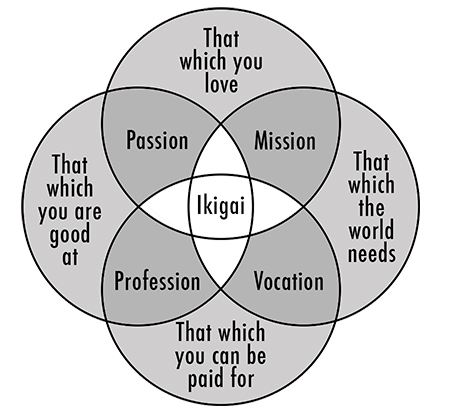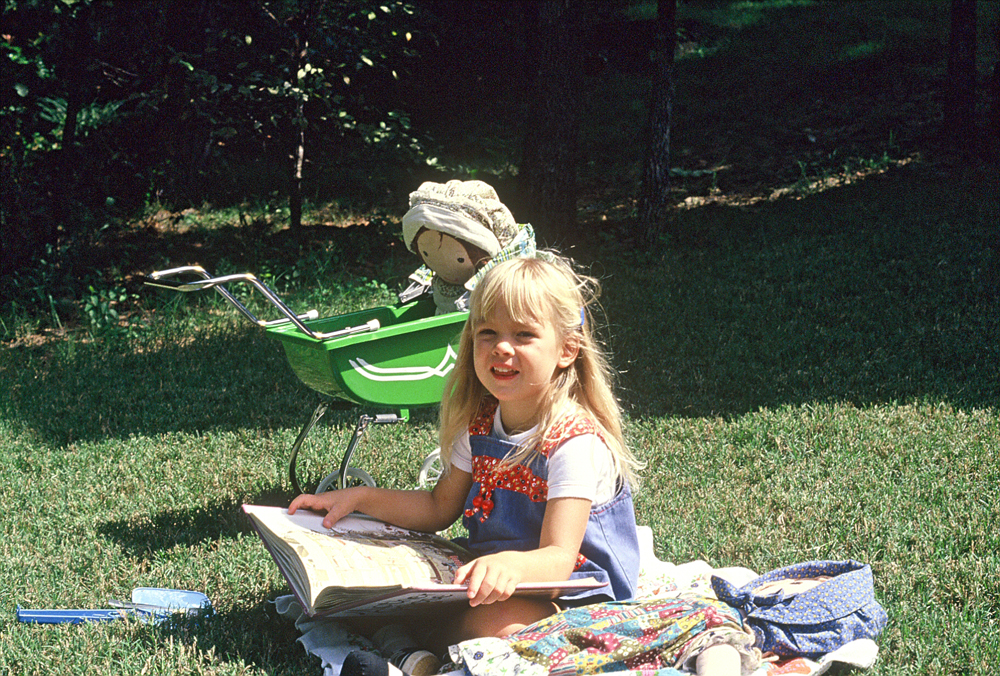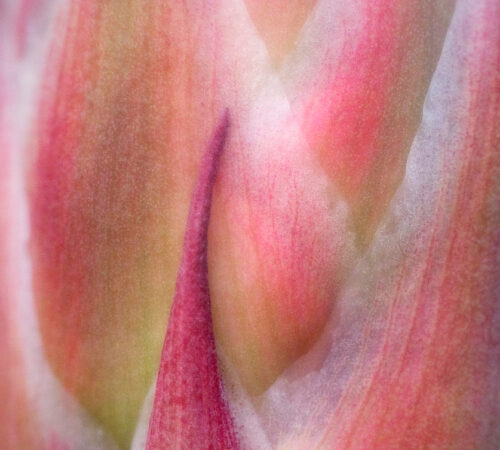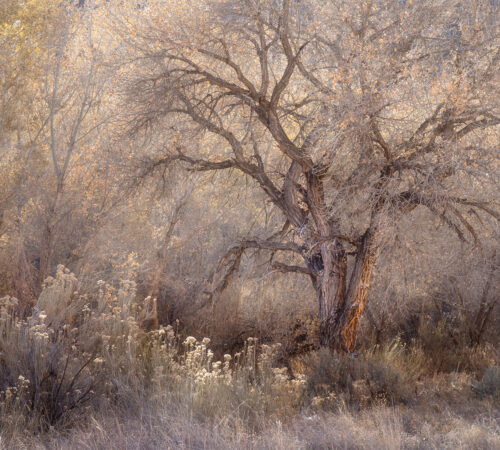Get Your Ikigai On

Dear Bubbles:
Have you found your ikigai, and if so, what is it?
~ Gene
Dear Gene:
Have I found my what? Was that a sneeze? Gesundheit, in case it was.
I have to admit, I had never heard of this term before reading your question. Thank you for introducing me to a new idea. To answer your question, I first had to learn what it was, and that took me on a bit of a ride.
I first found a TED Talk on it by Tim Tamashiro: https://www.ted.com/talks/tim_tamashiro_how_to_ikigai. This led me to his book, How to Ikigai: Lessons for Finding Your Happiness and Living Your Life’s Purpose.
From these resources, I discovered that ikigai, pronounced “ee-kee-guy,” comes from two Japanese characters. The first, iki translates into “life.” The second, gai means “value or worth.” Combined they yield the “value in living.” Some looser translations suggest a slightly different term: “a reason for being.” The French term for this is raison d’etre. Self-help gurus ask “What motivates you out of bed in the morning?” Different words, similar concepts.
Initially, ikigai sounded too much like another version of “If we all wander around the Earth spending an enormous amount of time wondering why we’re here, at some point, answers will fall out of the sky, and we’ll all find happiness.” Or “Once you find your creative voice, you’ll be a better, more satisfied photographer.” If you’ve read earlier posts or know me, you know I don’t buy into notions like these.
In my Live Your Dreams post I wrote, “Happiness isn’t something you pursue. It’s something you do. It’s not something you wait for. It’s something you live.” If you need an outside opinion, as Hector Garcia Puigcerver wrote in his book, Ikigai: The Japanese Secret to a Long and Happy Life, “Life is not a problem to be solved.”
Then I read about the intersection of the four components that create “ikigai:”
- Do what you love
- Do what you’re good at
- Do what the world needs
- Do what you can be rewarded for
I started to warm up to the idea. What I liked about this framework was that it emphasized the do. Not find. Not pursue. Not “figure your shit out and when you do, the jolly leprechauns will bring you your pot of gold.” Do it. Critical distinction. It implied taking action in the present instead of praying for some result in a future that isn’t promised.
Blogger Marc Winn went a step further and developed a Venn diagram to visualize the relationships among these four key elements:

To help me answer the original question, I considered these aspects regarding my own life:
- Do what you love: Designing rides in Roller Coaster Tycoon.
- Do what you are good at: Designing rides in Roller Coaster Tycoon. Seriously, I’m really great at it!
- Do what the world needs: Oh, hmmm…anybody need a Tilt-a-Whirl in their backyard? How about a Haunted House?
- Do what you can be rewarded for: Anybody want to pay me to sit on my butt and play computer games all day? No? I’m shocked.
That didn’t go as planned, so I thought I better try it again:
- Do what you love: Combining photography and writing to help other people get outside, being outside, stand-up paddleboarding on rivers and lakes, camping, making s’mores, publishing books, reading, dancing, taking ballet, listening to music of all kinds, spending time with my family, learning something new, teaching someone something new, discovering a new viewpoint in a new places, going on a hike, listening to good stories, eating dark chocolate, sharing a glass of wine with a friend, relaxing in the bath tub, cooking up a new recipe, goofing off, napping, organizing, coordinating, planning, paying attention to detail, motivating others, being curious, making a fool of myself…it turns out, I love a lot of things.
- Do what you’re good at: I think I’m respectably decent at everything above in my “Do what you love” answer. Especially making a fool of myself. Except for cooking. I’m getting better at it, though!
- Do what the world needs: The world needs kindness, empathy, hugs, hope, and for some, simply food, water, shelter, and safety. And bubbles. Lots and lots of bubbles. So take more baths? I’m confused.
- Do what you can be rewarded for: Sure, we need money to live. Money provides my basic necessities and supports my chosen lifestyle. It’s not my reward for living, though. My reward for what I do comes from growing, helping others, laughing, and building cherished memories.
So I’ve answered Tamashiro’s questions. Now what happens? Do I get an ikigai certificate I can hang on my wall? Do the clouds part and the angels sing and my life will be perfect forever and ever? The leprechauns should be here any second, I’m sure of it.
Sarcasm aside, these questions only triggered more questions for me, things like:
- If I love doing something but I’m not good at it, should I stop doing it? (NO!!!)
- If I’m good at something but the world doesn’t need it, should I stop doing it? (NO!!!)
- If the world needs it but I won’t get paid to do it, should I stop doing it? (NO!!!)
- If I get paid to do something but I don’t love it, should I stop doing it (Maybe…yeah…)
The only thing I was finding in this exercise was anxiety… Have I found my ikigai? Have I not? Should I still look for it? Or should I just go have a glass of wine?
It occurred to me, while drinking said glass of wine, that perhaps I just didn’t fully understand the ikigai concept. So I did what I do when I feel stuck. I started digging up new ideas on the Almighty Source of All Knowledge: the internet.
Turns out, Tamashiro’s four elements and Winn’s illustration caused quite the stir in the self-help community. The IkigaiTribe website, which is run by a gentleman named Nick Kemp, called it a Westernized misrepresentation of ikigai. In fact, in one post, Kemp drew a big “WARNING! NOT IKIGAI!” in red bold letters across Winn’s Venn diagram. He added, “The four questions in the framework are not questions Japanese ask themselves when they are contemplating their ikigai(s). If you were to show this Venn diagram to a native Japanese, they would not recognise (sic) it as ikigai.”
Huh.
I turned to two Japanese authors to see what they had to say about the idea. I found two books, one by neuroscientist Ken Mogi called The Little Book of Ikigai: The Essential Japanese Way to Finding Purpose in Your Life and another by journalist Yukari Mitsuhashi titled Ikigai: Giving Every Day Meaning and Joy. They had different ideas about what ikigai meant.
Mogi and Mitsuhashi agree that ikigai is not an end goal to pursue. Good! They also agree your life’s purpose does not need to be tied to work or getting paid to do it. Yay!
<sarcasm>I’m absolutely stunned that Western civilization tied the joy of living to money…gotta love the good ole American Dream. It. Just. Won’t. Die.</sarcasm>
Both refocused the ikigai discussion on living in the present moment. Mogi summarized ikigai into five pillars (with my short interpretation after the dash):
- Pillar 1: Starting small – use an open-mind and curiosity to guide you through one step at a time.
- Pillar 2: Releasing yourself – accept yourself exactly as you are by recognizing your strengths and weaknesses.
- Pillar 3: Harmony and sustainability – be mindful of how your actions affect your community and environment.
- Pillar 4: The joy of little things – be grateful for what you have, not sad for what you lack. Fill your life with simple pleasures every day.
- Pillar 5: Being in the here and now – take action, make the most of this moment in every moment.
Mitsuhashi summed it up well, “…ikigai is about focussing (sic) on individual moments, not just on the big journey of life.” Now that’s something I can get into.
(As an aside, those of you who have endured the torture of haiku in my photography workshops will appreciate this: Mitsuhashi covers haiku in her book! She has this to say about it: “Haiku poems illustrate not a special incident or scene but focus on a moment in everyday life and, like the Japanese language, remind people of the preciousness of the present moment.” That’s exactly why we do haikus to help our photography. If a photograph is, among other things, a frame of a moment in time, then paying attention to each moment improves our ability to visually express it. I digress…)
After all that, it’s back to the original question: have I found my ikigai?
I feel like I haven’t found anything other than my reading glasses, my laptop, and this delightful sauvignon blanc. I haven’t tried to find my life’s purpose. If anything, it’s found me. But only because I live my ikigai every day. Like right now. Like typing this Dear Bubbles post.
If I follow Tamashiro’s directions, I believe my ikigai is to help others discover. Discover beauty in the world, places to explore, new ideas to try. Discover new things about themselves, the strength that lies within, and confidence in their uniqueness. Discover how if we each share our talents with our communities how we each have the power to make this world a better place for all.
To make this happen, I first have to challenge and discover myself, which brings me immeasurable joy, then share it with others, which brings me equally immeasurable joy. Just as I’m doing with this post. And with my workshops and books and everything I do, photography or otherwise. It literally gives me life–and has for a long time.

I once read in a book how adults strive to return to their happiest childhood memories. When I look back at my younger years, I fondly remember running barefoot in the grass, wading in the creek, and swinging in the trees–all in my backyard in Little Rock, Arkansas. I also recall “helping others discover” since I was three years old when I read to my dolls in my backyard. Later I made up dance and cheer routines for my cheerleading squad in high school. Then taught volleyball to younger athletes. I organized study groups in college. And now, I help others learn about photography, the outdoors, and life to the best of my abilities. This wasn’t something I set out to find, though. This evolved organically through a long line of actions, decisions, and events. Some I had planned, much serendipitously fell into my lap.
I do what I do every day, though, not because I think I’m great at it or I’ll get paid for it or I think the world needs whatever it is I have to offer. (With apologies to Tamashiro’s and Winn’s model.) I do it because I love every second of it. I love all the little steps I have to do to enable it, the endless digital image management, the hours it takes to get one sentence just right in a manuscript, the detailed logistical planning for workshops, the designing of websites down to the semi-colon, the beautiful conversations I get to have with people at events, and yes, even the tedious book accounting—because it means someone is enjoying the outdoors with my book in their hands. No book sales means no book accounting required. Like I joked in my last post, we must suffer for our art.
As the quote goes, though, “Pain is inevitable. Suffering is optional.” A life’s purpose does not mean running around like Pollyana every day. Things are hard. Life is hard. It’s unreasonable to believe every second of every day will be glorious and joyful. Even through pain, which I’ve had to learn the hard way through my recent life-changing events, a life’s purpose can be full of meaning. With attitude of curiosity, gratitude, and giving, it’s possible to still live with ikigai in all you do, even during the sucky parts. (With a nod to Mogi’s five pillars)
So what makes you come alive? What’s your ikigai? What answers do you get from Tamashiro’s four elements? How do you feel Mogi’s five pillars can influence a more profound path in your life?
I think a critical, but an underemphasized, ingredient in Mogi’s and Mitsuhashi’s discussions about ikigai is the importance of living with intention. While it may feel otherwise given the constant bombardment of messages from the media, other people, and other external sources, YOU are ultimately the decision-maker in your life. When I left my project management job at Intel, I had plenty of eye rolls and snarky comments from people wondering why I’d leave a high-paying job to become, gasp, “just a photographer.” It took some time and a lot of confidence to declare that what other people think of me and my life is none of my business. Besides, as far as I’m concerned, my life as an entrepreneurial artist is as rich as it gets. As Mitsuhashi put it: “’What is your ikigai’ is not a straightforward question with one right answer but an abstract one, to which an infinite number of responses are possible. Whatever gets you up in the morning is your ikigai—and no one can tell you otherwise.”
And no one else should, because no one knows you better than yourself. As philosopher and civil rights leader, Howard W. Thurman, said: “Don’t ask what the world needs. Ask what makes you come alive and do that…Because what the world needs is people who have come alive.”
You don’t have to figure your whole life’s purpose out now. In fact, I’d recommend you stop trying to do so if you are. It’s not something to find. Instead, piece together one deliberate action or decision that feeds your heart and soul after another. Day in and day out. You’ll build a life of purpose. It finds you.
Start today. Start small. Start simple. Pick one thing that would mean something to you, one thing that would bring you joy today. (If you need a place to start with this, think about what you daydream about when you’re occupied with work or other commitments). Enjoy a cup of tea. Read a chapter in a new book. Play with a new button on your camera. Sit outside in your backyard for 10 minutes to remind yourself that Mother Nature has no expectations of you. Do it. Then repeat tomorrow. And the next day, and the next day, and the next day. Life’s too short to do stuff you don’t like to do. Be kind to yourself.
Then, be kind to others. Consider one thing you could do to make someone else’s life easier or better. Maybe it’s cooking your favorite meal for your family, reaching out to a friend to see if they’re OK, or teaching someone whatever you learned yesterday. (From experience, teaching is one of the best ways to solidify your knowledge and continue your learning.) What gifts and strengths do you have that you can share with others?
Be grateful for it all, the good and not-so-good. Be thankful you woke up in the morning, you have another day to give it a try, to make it all count. In the words of Mary Oliver, “Tell me, what do you plan to do with your one wild and precious life?”
Because of the coronavirus pandemic and the quarantine measures to stop its spread, those who are healthy have been given an unprecedented opportunity: a break from the world you’ve spent your entire life putting together. How do you feel about where it’s landed you? When you look at the individual pieces of your life, are each of them are important to you? Are each of them bringing value, meaning, and joy to you and to those around you?
Just as you would critique a photograph, ask yourself what you like about your life? Keep those parts and emphasize them. Ask yourself what you don’t like about your life. Eliminate them. Be honest. Be specific. Be deliberate.
Few ever get this chance to hit pause and redesign the life they’ve always hoped for. Now is that time. Use it wisely.
Be well, be wild, be safe,
~Bubbles
Have a question about photography, art, and/or the creative life? Need some advice? Send your question to Dear Bubbles at colleen@colleenminiuk.com to be possibly featured in a future column post. (If you’d prefer a different display name than your real first name, please include your preferred nickname in your note.)




